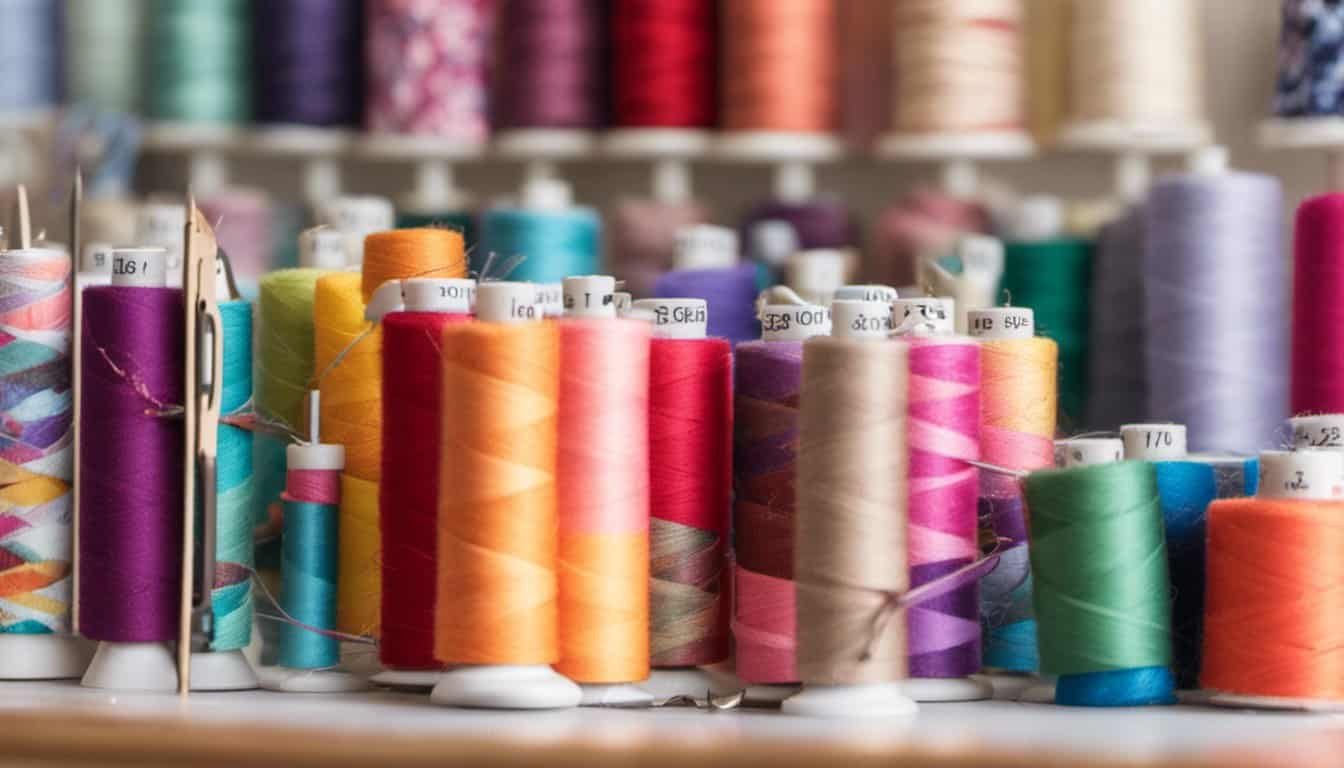Sewing is such a rewarding hobby, but it’s important to keep safety in mind when you’re just starting out. I’ve found that taking a few simple precautions can make all the difference in creating a safe and enjoyable sewing experience.
Whether you’re handling needles, operating a sewing machine, or working with sharp tools, understanding the basics of sewing safety helps prevent accidents and ensures your projects go smoothly. Let’s dive into some essential tips that will set you up for success as you embark on your sewing journey.
Understanding Sewing Machine Safety
Ensuring your sewing machine is safe to use involves careful setup and ongoing maintenance. These practices minimize risks and keep your machine running smoothly.
Proper Machine Setup
- Assemble Correctly
I follow the manufacturer’s instructions to assemble all parts accurately. Incorrect assembly can lead to malfunctions or injuries.
- Install the Needle Properly
I insert the needle with the flat side facing the correct direction. A misaligned needle can cause stitches to break or fabric damage.
- Thread the Machine Accurately
I follow the threading path precisely to prevent jams and ensure smooth operation. Improper threading increases the risk of accidents.
Regular Maintenance
- Clean After Each Use
I remove lint and thread scraps from the machine to prevent buildup. Accumulated debris can obstruct moving parts and cause overheating.
- Oil Moving Parts
I apply sewing machine oil to designated areas according to the manual. Lubrication reduces friction and wear, extending the machine’s lifespan.
- Inspect for Wear and Tear
I regularly check belts, needles, and other components for signs of damage. Replacing worn parts promptly prevents breakdowns and ensures safety.
Essential Safety Equipment
Having the right safety equipment ensures a secure sewing environment. I prioritize these essentials to protect myself during every project.
Personal Protective Gear
Wearing personal protective gear minimizes injury risks. I use:
- Safety Glasses to shield my eyes from flying threads and debris.
- Cut-Resistant Gloves when handling sharp tools, reducing the chance of accidental cuts.
- Aprons to keep my clothes clean and protect against spills or snips.
Tool Safety
- Store Tools Securely in designated holders to avoid misplaced or damaged items.
- Maintain Sharp Edges on scissors and blades, ensuring clean cuts and reducing effort.
- Disconnect Machines before performing maintenance, eliminating the risk of accidental starts.
Handling Tools and Materials
Proper handling of tools and materials ensures a safe and efficient sewing experience. I always prioritize organization and careful management to prevent accidents.
Safe Needle Practices
Storing needles in a secure container avoids accidental pricks. When threading the needle, I use a bright light to ensure visibility. Dull or bent needles pose risks, so I regularly inspect and replace them. Always cut thread tails short to prevent snagging.
Managing Thread and Fabric
Organizing threads by color and type minimizes tangling and confusion. I keep fabric rolled or neatly folded to prevent slips and snags. Using sharp scissors ensures clean cuts, reducing fabric damage. Additionally, I store threads away from the sewing machine to maintain optimal performance and safety.

Creating a Safe Sewing Environment
Establishing a safe sewing environment makes sewing enjoyable and accident-free. I focus on organizing my workspace and ensuring proper lighting and ventilation.
Organizing Your Workspace
A well-organized workspace reduces clutter and potential hazards. I use dedicated storage solutions like drawers with dividers for needles, scissors, and other tools. I keep fabrics rolled or neatly folded on shelves to prevent slips. Additionally, I arrange my threads and patterns in labeled containers to maintain order and ensure easy access.
Adequate Lighting and Ventilation
Proper lighting enhances visibility and accuracy while sewing. I install bright LED lights above my sewing machine to eliminate shadows. Natural light is also beneficial, so I position my workspace near a window when possible. Ventilation is essential to maintain air quality, especially when using adhesives or dyes. I ensure my sewing area has adequate airflow by using fans or opening windows regularly.
Best Practices to Prevent Accidents
Implementing these best practices ensures a safe and efficient sewing environment.
Maintaining Focus and Avoiding Distractions
Maintaining focus enhances safety while sewing. Minimize distractions by:
- Scheduling dedicated sewing times to stay committed
- Creating a quiet workspace free from noise
- Organizing materials systematically to reduce clutter
- Silencing electronic devices to prevent interruptions
Proper Storage of Supplies
- Storing needles in labeled containers to prevent accidental pricks
- Keeping scissors and cutting tools in secure holders to avoid injuries
- Arranging thread on spool racks to eliminate tangling
- Placing fabrics in shelves or bins, separating each type for easy access
Conclusion
« You Won’t Believe These 7 Beginner-Friendly Fabrics to Start Sewing With
10 Genius Ways to Transfer Embroidery Designs to Fabric You Must Try Today »
Sewing has brought so much joy into my life and prioritizing safety has made the experience even better. By following these tips I can sew with confidence and peace of mind. It’s amazing how a few simple precautions can prevent accidents and enhance creativity. I look forward to many more safe and enjoyable sewing projects in the future.

















